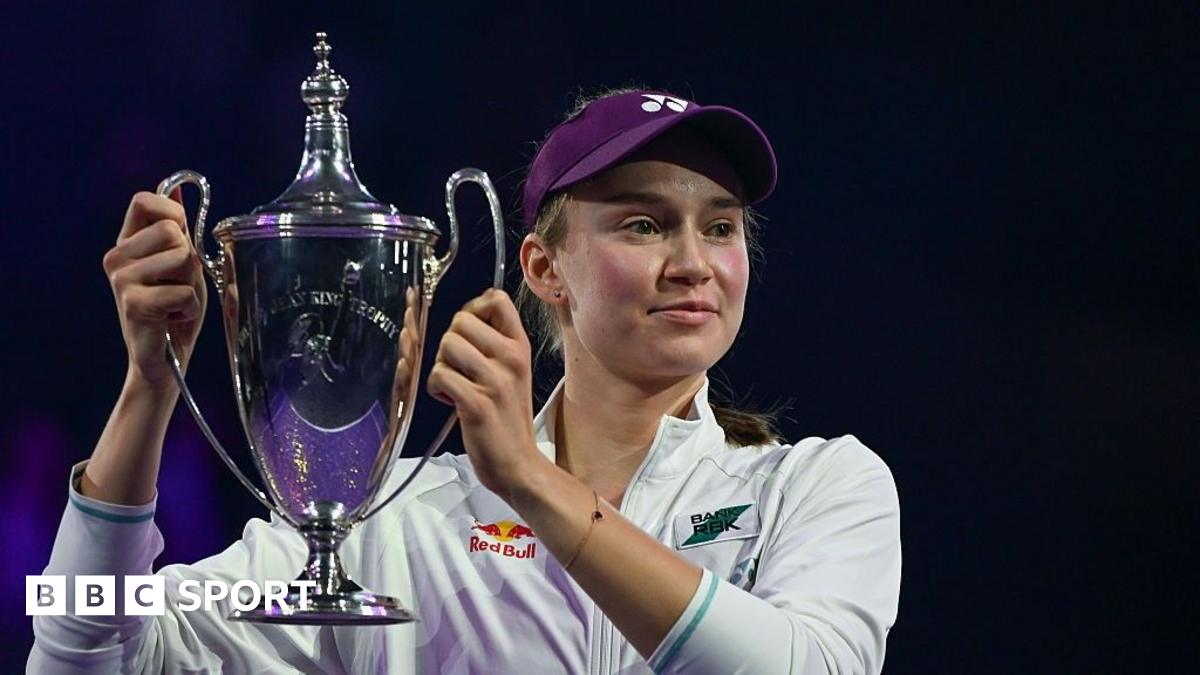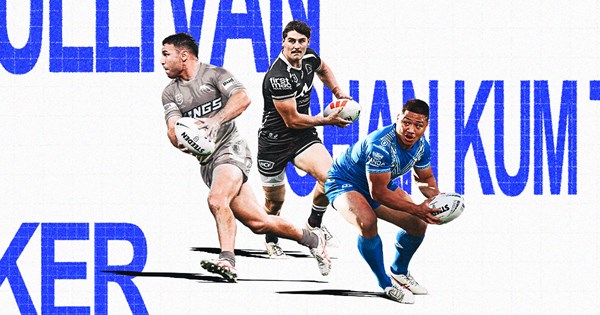The ATP Tour Finals, a sanctuary for the sandwich generation of men’s tennis, shuts them out

If last year’s ATP Tour Finals exemplified the struggles of the sandwich generation of men’s tennis players, then this year’s event, which started Sunday, marks their essential disappearance from the elite.Just one of the cohort of players who began their careers dreaming of the day when the Big Three of Roger Federer, Rafael Nadal and Novak Djokovic would stop winning, only to find themselves immediately usurped by Carlos Alcaraz and Jannik Sinner, has qualified for the competition featuring the best eight men’s tennis players of the year.World No. 3 Alexander Zverev stands apart, with the rest of his kind — chief among them Daniil Medvedev and Stefanos Tsitsipas — in different kinds of tennis doldrums as Sinner and Alcaraz lift the biggest trophies in the sport time and time again. Those two, and Federer, Nadal and Djokovic, who is still playing at 38, have won 33 of the past 35 Grand Slams. Medvedev won one, and Dominic Thiem, who retired at 30 last year, won one, too.Medvedev and Thiem are the only two men’s players born in the 1990s to win a major. Zverev, the 28-year-old German who has lost three major finals, is not the only player born in that decade to qualify this year — Taylor Fritz of the U.S. and Alex de Minaur of Australia are in Turin, Italy, with him — but those two did not enjoy the possibility and expectation that Zverev, Medvedev and Tsitsipas did when they arrived on the ATP Tour as teenagers, which they reaffirmed by making the season-ending event a showcase of their talents at the end of years in which they reliably reached the late stages of Grand Slams. Fritz has, in fact, turned into even more kryptonite for Zverev, beating him in their past six meetings.Zverev, who has qualified every year since 2017 except for 2022 and 2023, when he was injured, won the Tour Finals in 2018 and 2021. Tsitsipas, 27, won it in 2019; Medvedev, 29, won it in 2020. This is the first year Medvedev has missed since 2019, but he only had the opportunity to qualify thanks to a late surge in form in an otherwise indifferent season. Tsitsipas, who has had various injuries throughout 2025, never looked close to qualifying.That leaves Zverev, who has had his own existential crises this year. After Sinner inflicted his third Grand Slam final defeat at the Australian Open in January, Zverev’s results took a nosedive, culminating in a first-round defeat at Wimbledon, after which the German spoke of how much his form was impacting him.Zverev said he felt “very alone” and was “lacking joy in everything that I do” in his news conference there, before saying at the U.S. Open in August that he had sought professional therapy to manage his relationship with his results. He trained at Nadal’s academy over the summer, and the Spaniard urged Zverev to stop going into his shell on the biggest points. Zverev has intermittently heeded the advice, but his last match before the start of the Tour Finals ended in a 6-0, 6-1 shellacking by Sinner, aggravated by swelling in his right ankle. Coming into the tournament, Zverev was closer in rankings points to the world’s No. 1,000 than to Alcaraz at No. 2, with a gap of over 5,500.Individually, Zverev, Tsitsipas and especially Medvedev have achieved more than most players can dream of. Medvedev did not only win a major, but also reached world No. 1. But their collective decline from era-changing talents, who, in the case of Zverev and Medvedev, forced style changes across the tour with their combination of gigantic serves and elite movement and defense, illustrates how far Sinner and Alcaraz have pulled away.Djokovic’s ability to stay in the conversation — in part by adjusting his game to the kill-or-be-killed aggression Sinner and Alcaraz bring that Medvedev and Zverev cannot adopt — only compounds that.Andrey Rublev, another regular qualifier from the past few years nowhere to be seen this year, summarized the plight in an interview with Russian outlet Bolshe last month.“I can continue to be stuck in the top 20 and gradually all the young players drag me down further, or I try to change everything drastically and give myself another chance in my career,” he said. Tsitsipas, Zverev, Fritz and three-time Grand Slam finalist Casper Ruud, another 1990s-born player not truly of the sandwich generation, have expressed similar sentiments all season.Rublev, along with Zverev and Medvedev, also qualified for the inaugural Next Gen ATP Finals in 2017, which was open to the year’s eight best players aged 21 and under. It was supposed to give a glimpse into the future, but eight years later, it looks more like a memento of a frustrated dream. Tsitsipas was an alternate for the event, hailed even more so than Medvedev and Zverev as the Next Big Thing with his highlight-reel attack and flowing one-handed backhand.He has reached two Grand Slam finals and has won 12 titles, but he has also suffered the most of the sandwich generation this year. A change of racket brought a brief upturn in form in February, where he won an ATP 500 title at the Dubai Tennis Championships, but it also worsened an ongoing back injury. Tsitsipas will end the season with his lowest year-end ranking since he was a teenager in 2017, and that pair of Grand Slam final defeats, in 2021 when he led Djokovic by two sets to love at Roland Garros and in 2023 to the same player at the Australian Open, feel a lifetime ago.The ATP Tour Finals’ place as something of a sanctuary for these players has faded into yet another reminder of what was denied them. Zverev, the last man standing, this year won his opening match against Ben Shelton of the U.S., but still looks ill-equipped to consistently challenge the best two players above him, and in so doing, to halt the slide of the Next Gen into its resting place as a nearly gen.













